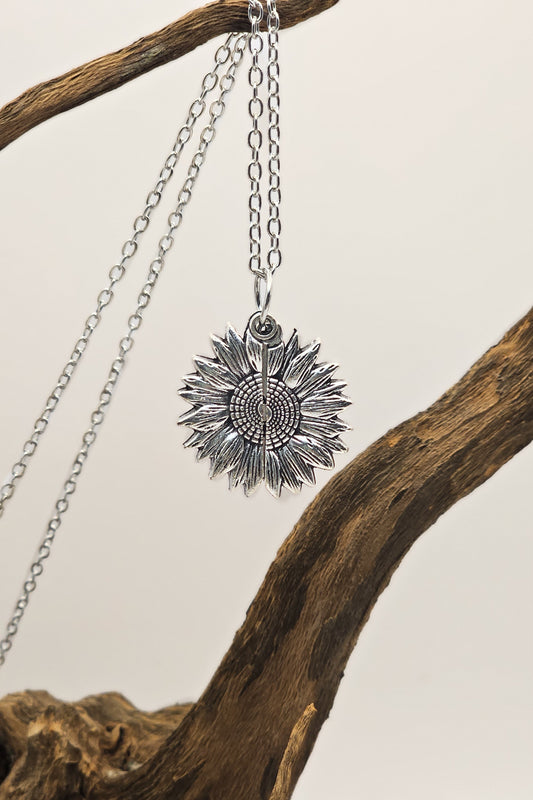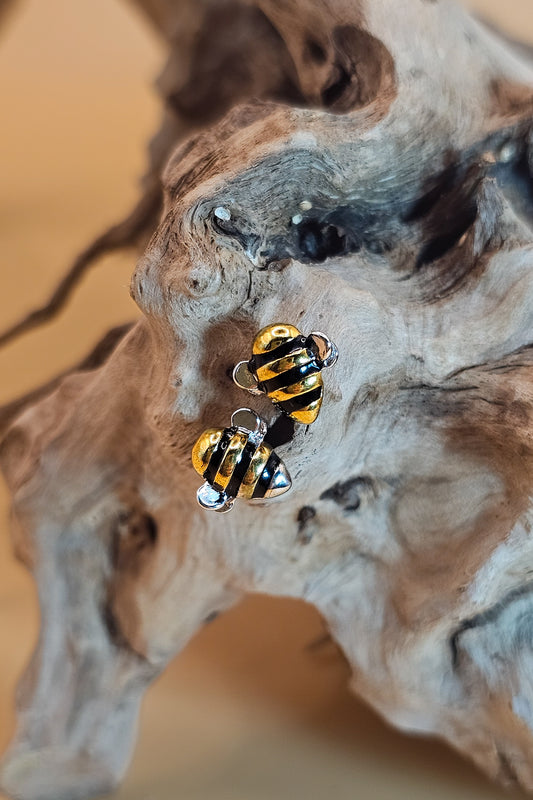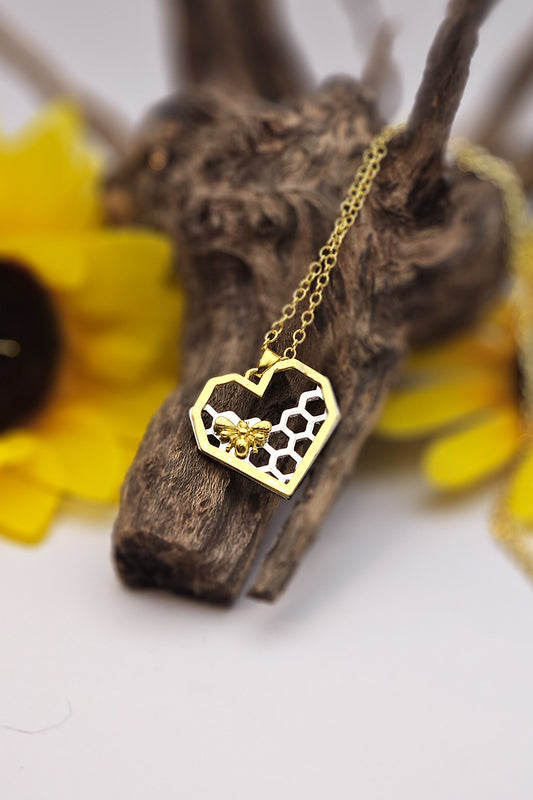Raw Honey
People love honey because it is so sweet, and raw honey is the purest form because it is untreated and unheated.
Local honey can give great relief to seasonal allergies and is used as a remedy for many things from cough syrup for sore throats to lip balms for cracked and chapped lips. Not to mention it makes delicious baklava and a delightful glass of golden mead, which must have been the original nectar of the gods and goddesses.
Honey is produced by bees from the flower nectar they collect while they are out foraging.
We tend to think bees make honey for us, but in truth they make it to feed themselves, especially in winter when the landscape is quite barren and bleak, and there are few flowers for them to forage where they can gather food. It is cold in winter and bees are solar creatures, warm and vital. They don't do well in the cold and must rely on what food they store up to get them through until spring.
Honey differs from one hive to another, depending on which flowers, herbs, plants and trees the bees have been foraging. It is packed with natural goodness, and is normally 75-80% glucose and fructose sugar with approximately 18% water, enzymes and a rich blend of minerals like phosphorus, magnesium, iron, manganese, selenium, zinc, potassium and calcium. It can also supply some Vitamin C and various B vitamins.
Humans take honey from the hive by straining it to remove impurities, or extracting it with the honeycomb.
There is plenty of debate these days about how much honey humans should take from hives, and when they should take it. Public opinion seems to be swinging towards the outlook that people should wait until the end of winter before taking honey from the hive, ensuring the honeybees don't run short when they have no other options.
Then, with heartfelt gratitude to the bees, take some honey to savor as the true delicacy that it is.
Share your favorite honey flavor with us over on the Facebook page.








